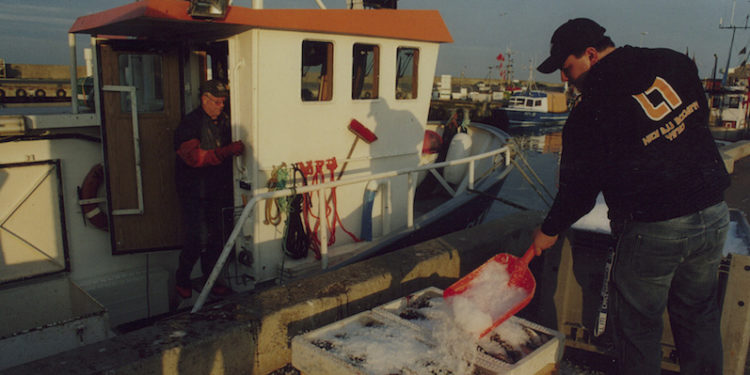The usual Eastern Baltic for the whole of July and August, as set out under several European Commission and CFP regulations, appears to no longer apply – and while Swedish fishermen knew about this, nobody appears to have seen fit to tell their Danish counterparts.
A number of Danish fishermen noticed on AIS that Swedish boats were fishing in the Eastern Baltic at a time when the area is usually closed, and contacted their Swedish colleagues, who replied that the area had been opened to them on the 20th of July and the Swedish authorities had announced that there would be changes to the way Baltic fisheries would be managed.
Danish fishermen have made efforts to contact the Danish authorities, keen to find out why their Baltic neighbours are able to fish where the Danish fleet had been prohibited from fishing. Several fishermen who have been in touch with Fiskerforum have said that they have tried for some weeks to get answers, and they answers they have been able to get have been as good as useless – leaving them puzzled by this approach to management, or lack of it.
A spokesman for Danish fisheries authorities declined to comment, beyond the bizarre remark that it is up to fishermen to find out when and where they are allowed to fish. This is in stark contrast to the attitude of the authorities when it comes to imposing closures or penalties.
This also throws into sharp relief the difference between the Swedish and Danish approaches to informing fishermen of what they can and can’t do. Swedish fishermen were informed of the changes in policy on the 20th of July.
Danish fishermen received letters on the 23rd of August – dated 6th July.
The policy change appears to have been made in Brussels in late June – so there is the strange situation that it appears to have taken Brussels 14 days to inform the Danish authorities and further 48 days for the Danish fisheries authorities to get the information to the industry.









